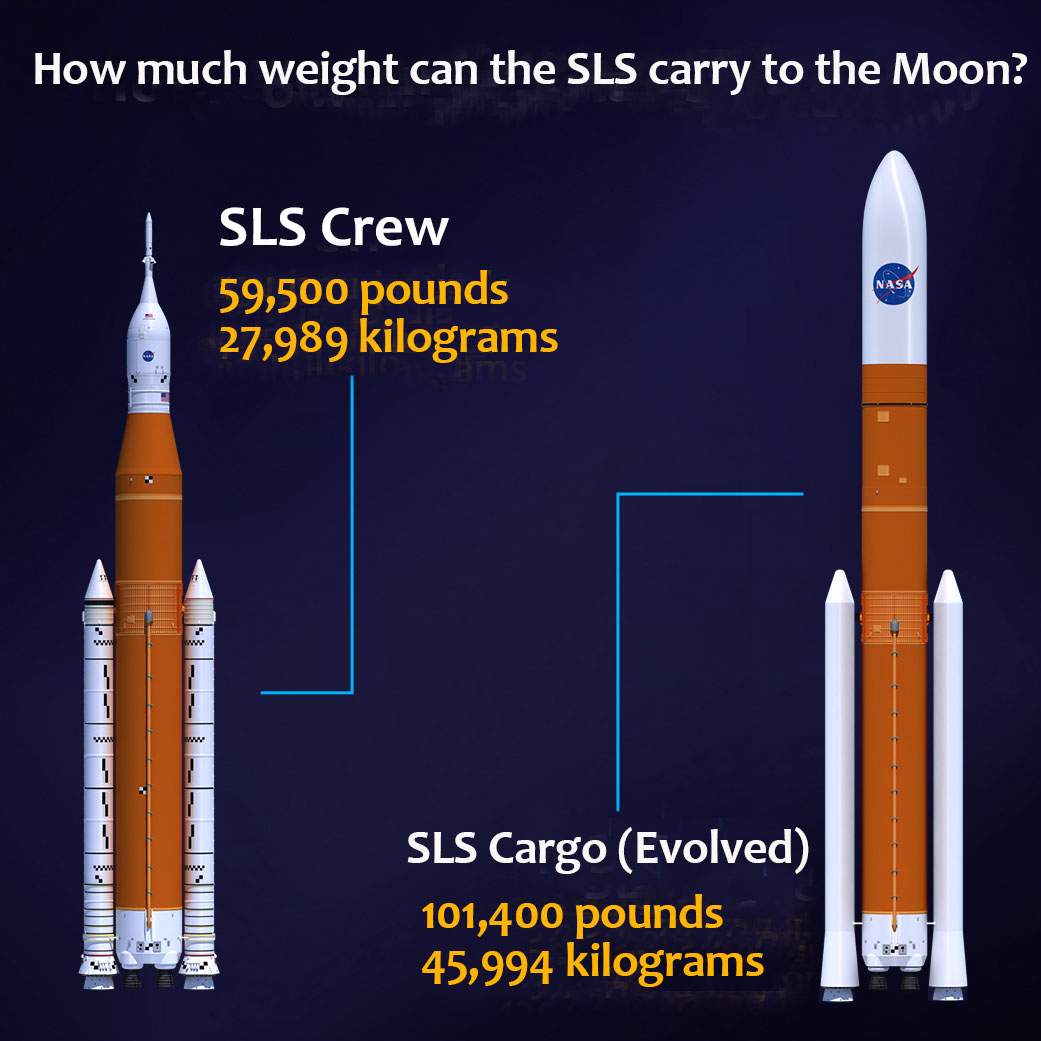Space Launch System (SLS) is a heavy-lift launch vehicle being designed by NASA. It is intended to be the most powerful rocket in history, capable of launching payloads heavier than any previous launch vehicle. The SLS will be capable of carrying astronauts to deep space destinations such as Mars and beyond.
The Space Launch System is being designed to meet the needs of future exploration missions, while providing flexibility to enable a broad range of science and technology payloads to be launched from Earth. The SLS system will comprise two main elements:
The first is a booster stage powered by four RS-25 engines, which are currently used on the Space Shuttle. The booster will provide approximately 75 percent of the thrust needed to lift the spacecraft out of Earth’s atmosphere.
The second element is an upper stage powered by a single RL10 engine. This stage will complete the journey into orbit and provide power for maneuvers and corrections during ascent as well as for orbital operations once in space.
In addition to these two main elements, the SLS system will also include an adapter that will connect the spacecraft to the rocket, as well as a ground support system that includes everything from launch infrastructure to mission control.
The Space Launch System is currently in development, with initial testing expected to begin in 2019. If all goes according to plan, the first mission could take place as early as 2021.


